The acronym ESD stands for Electro Static Discharge. Many electronic products are vulnerable to damage from static electricity, so ESD brushes are made using materials that dissipate static energy and avoid producing static electricity while brushing. This is important to manufacturers who need to clean or repair electronic products without damaging their components through accidental electro static discharge. Read More…
Gordon Brush® is an ISO 9001:2015 certified manufacturer of standard & specialty brushes for the commercial, aerospace, military, medical & electronics industries.
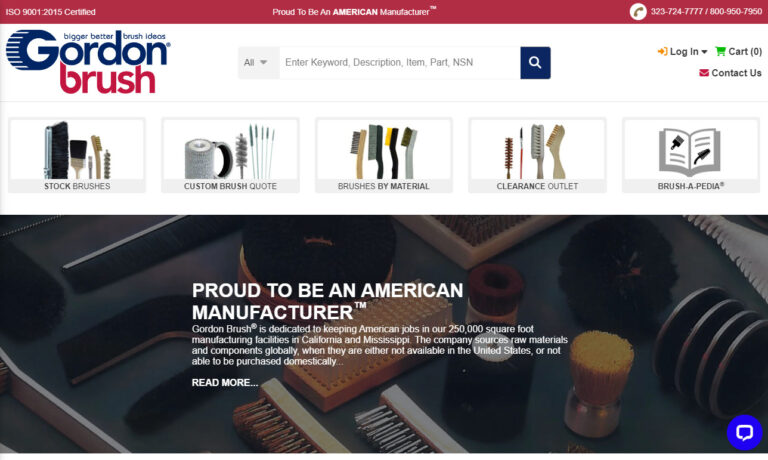
Spiral Brushes manufactures industrial brushes, custom brushes, power brushes, wire brushes, conveyor cleaning brushes, steel brushes, stainless steel brushes, brass brushes, nylon brushes, abrasive nylon brushes, and natural fiber brushes.
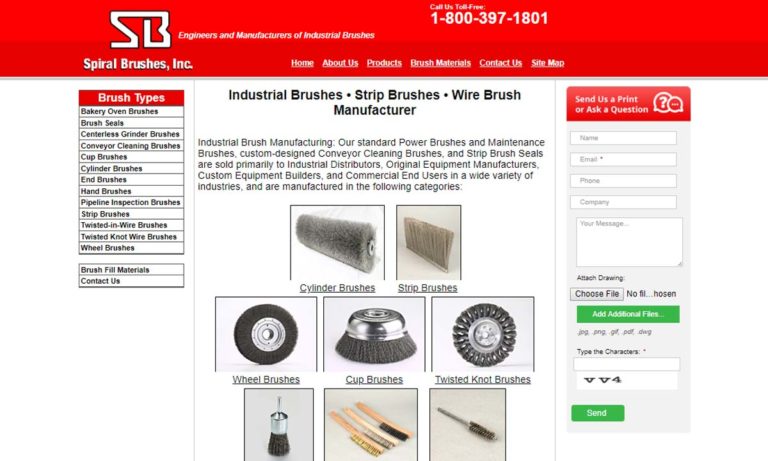
The Industrial Brush Co. is a provider of brushes. Since 1946, we have been committed to providing high quality brushes and customer service for a variety of industrial applications and marketplaces.

Justman Brush is an ISO 9001:2015 Registered Manufacturer centrally located in the United States. We manufacture brushes for a large variety of industrial applications for our customers in the industrial, aerospace, military, laboratory & scientific, medical and food service industries. With over 91 years of manufacturing experience, we have the American Quality, competitive pricing and short...
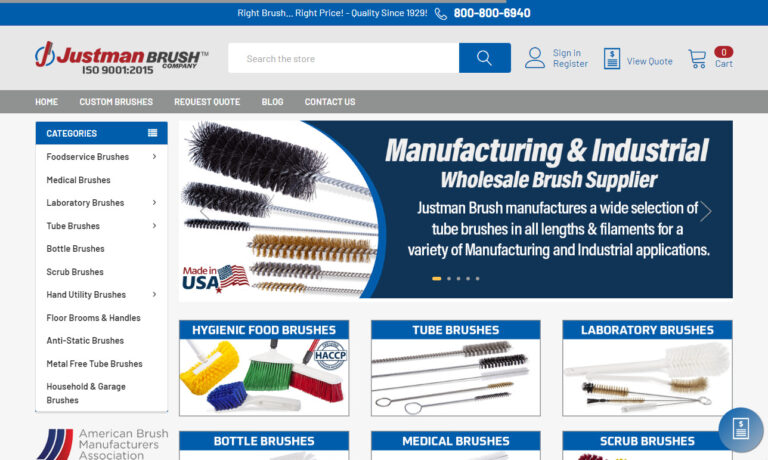
Precision Brush Company is an industry leader that has the technology, expertise and experience to satisfy all of your brush requirements.
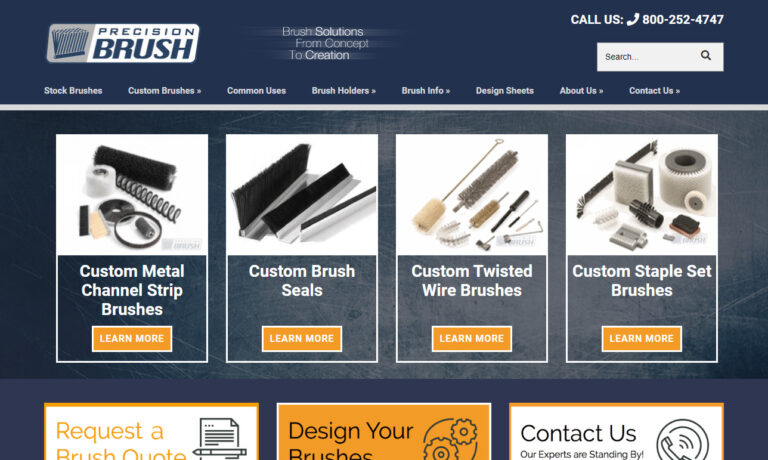
Braun Brush is committed to manufacturing quality brushes using a variety of methods. We offer convenient purchasing of the most extensive brush line available & a unique design-your-own brush service on the web.
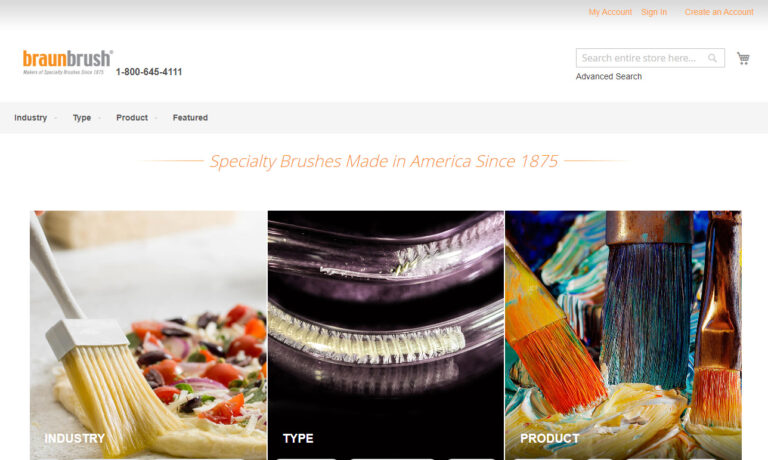
For over 30 years, Tanis has been a leading brush manufacturer. Tanis has put innovation to work in everything we do, using the latest technology, materials, manufacturing advancements and engineering expertise.
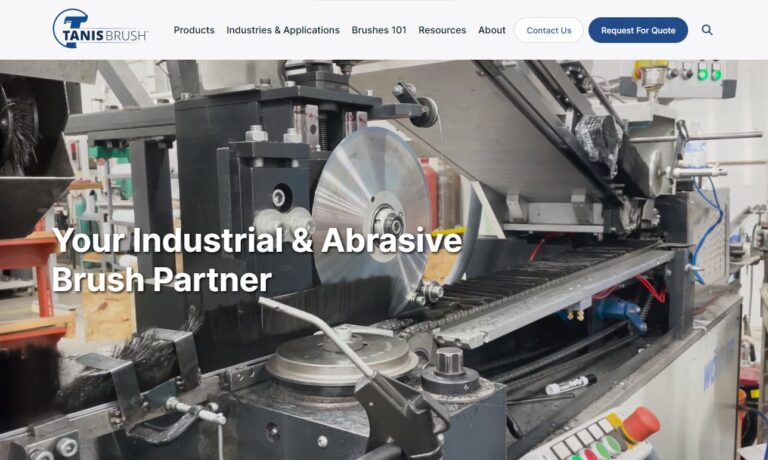
More ESD Brush Manufacturers
Not all ESD brushes are the same because the materials used to create them are chosen specifically for particular applications to insulate, conduct or dissipate an electro static discharge. A static charge is created when two materials move against each other and cause friction. The friction generates a small electric charge, and this phenomenon is known as the Triboelectric Effect. In some ESD brushes, a material is used to inhibit this charge. These types of brushes are referred to as "anti-static".
Materials that can inhibit a static charge are wood, hog bristle, horse hair and goat hair. These can be used as long as the brush is used in a liquid environment. If the brush is being used in an application with a dry environment, materials that conduct or dissipate the ESD should be used since the anti-static materials are highly flammable and could catch fire due to friction.
A dissipative ESD brush essentially controls the flow of the electrical current to transfer it away from the part being cleaned to the ground. A conductive brush has a very low resistance to electricity, allowing it to rapidly accept any an electrical current generated through friction and quickly transfer that energy to a grounding point.
Another type of ESD brush, an insulative brush, is made from materials that prevent the flow of electrons, meaning any charge transferred to the brush during use will remain there for some time.
Applications for ESD brushes include: solder removal, dusting, board prep, lead trimming, edge connector cleaning and static dissipation. Most of these brushes are very small because they are used to clean or treat very small surface areas.
They are typically just operated by hand using a back and forth or side to side motion. To stiffen the brush, shorter trim lengths are used. In the same way, longer trim lengths are used to make the brush more flexible.








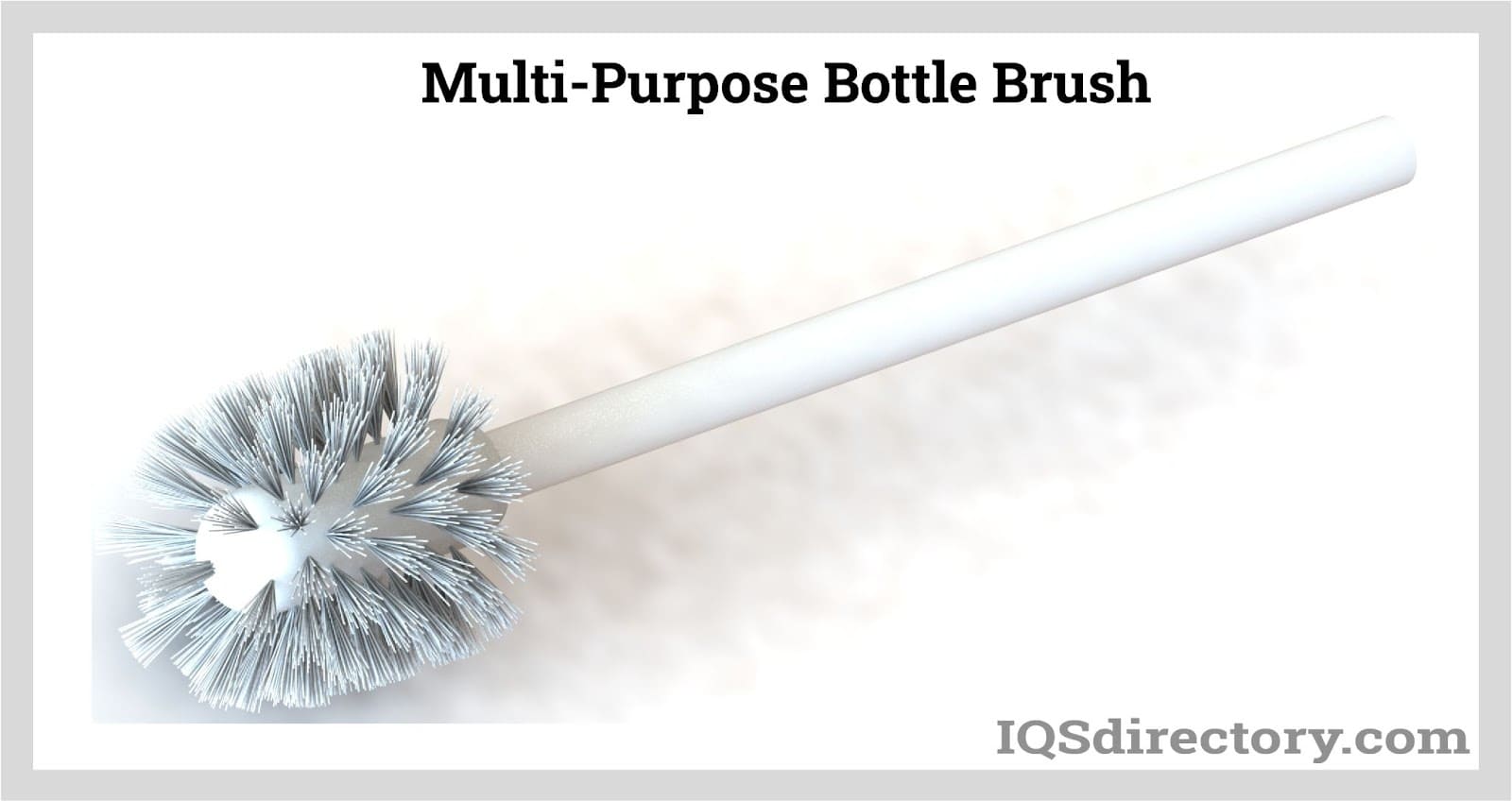
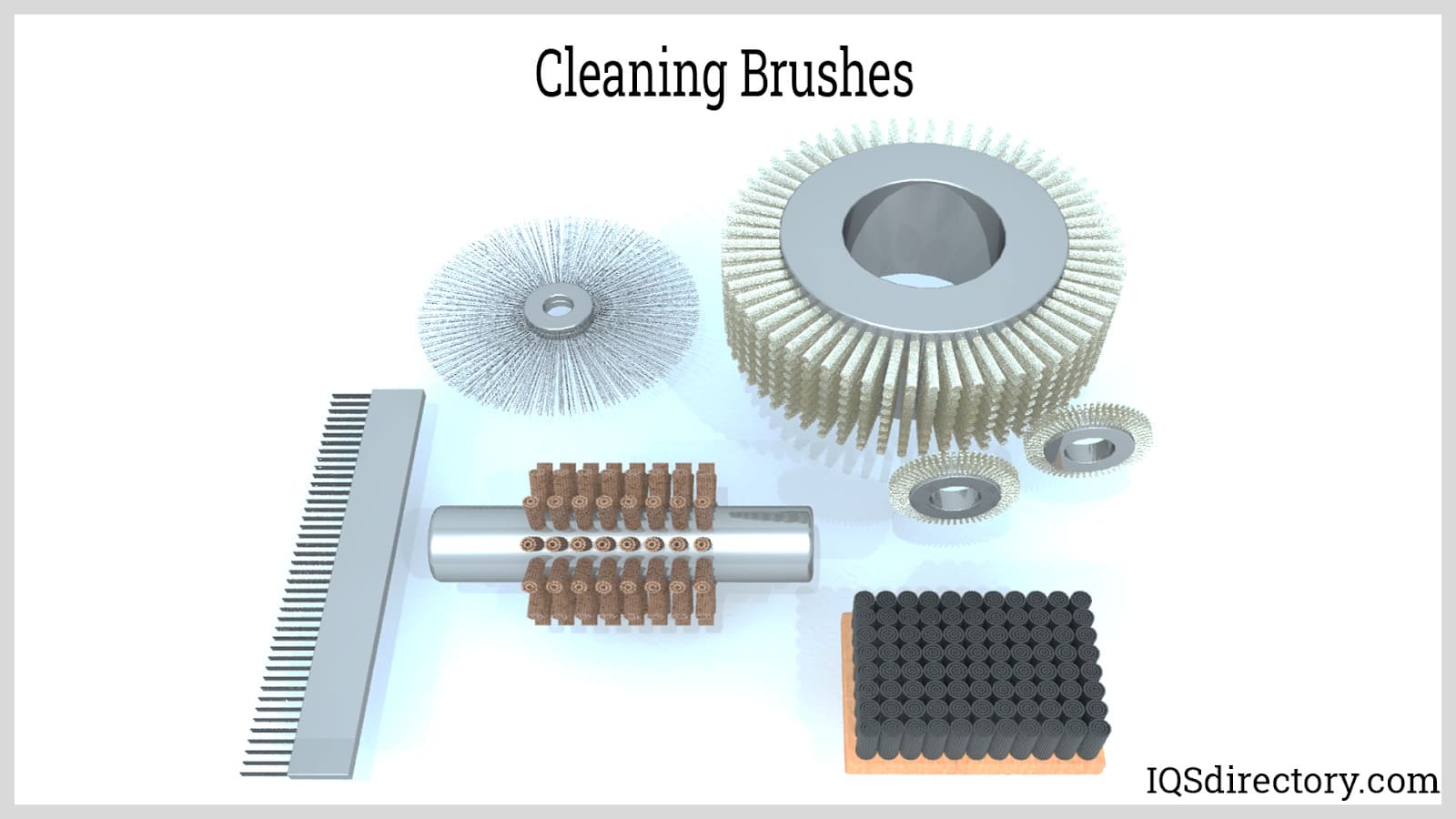
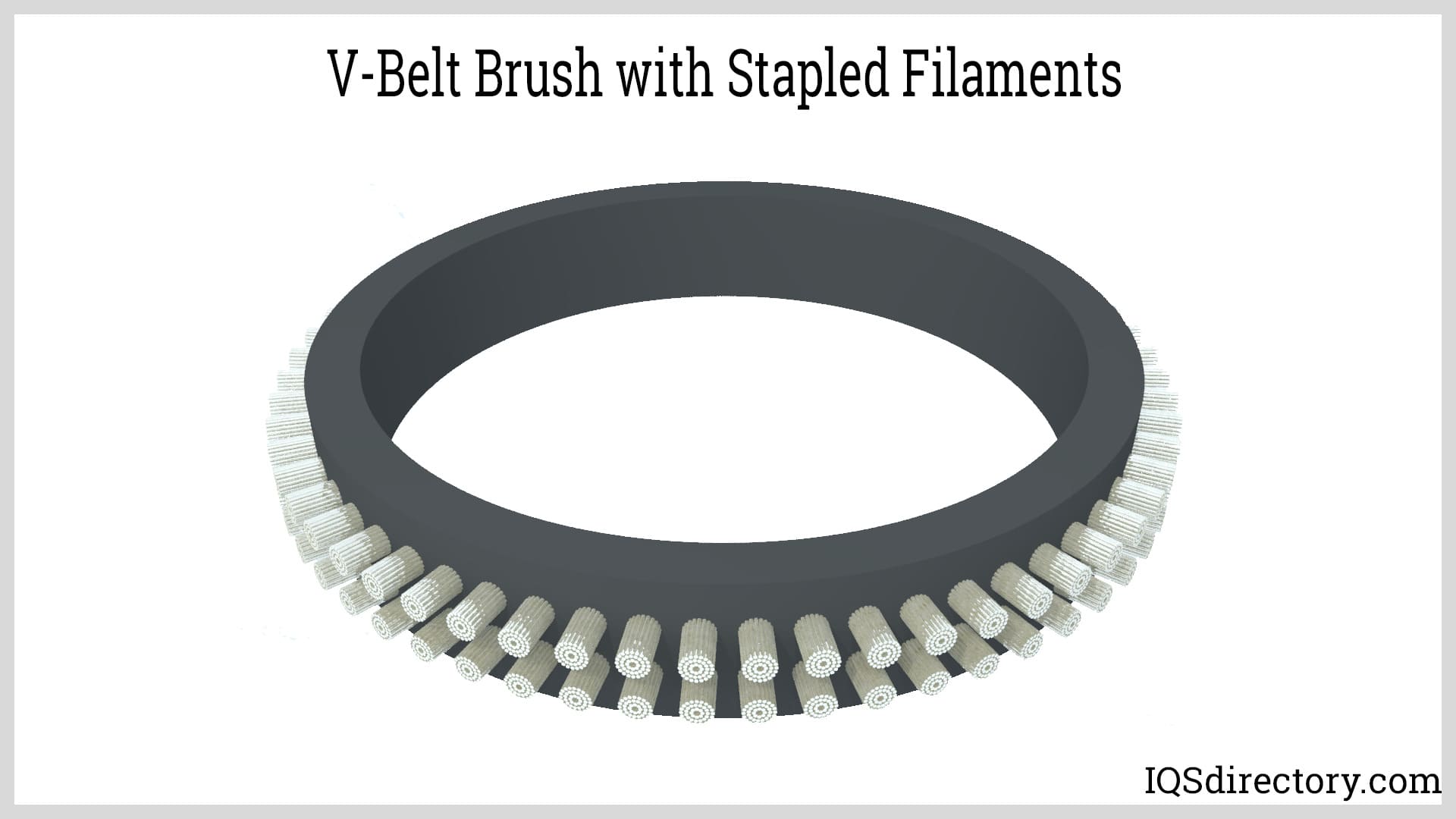
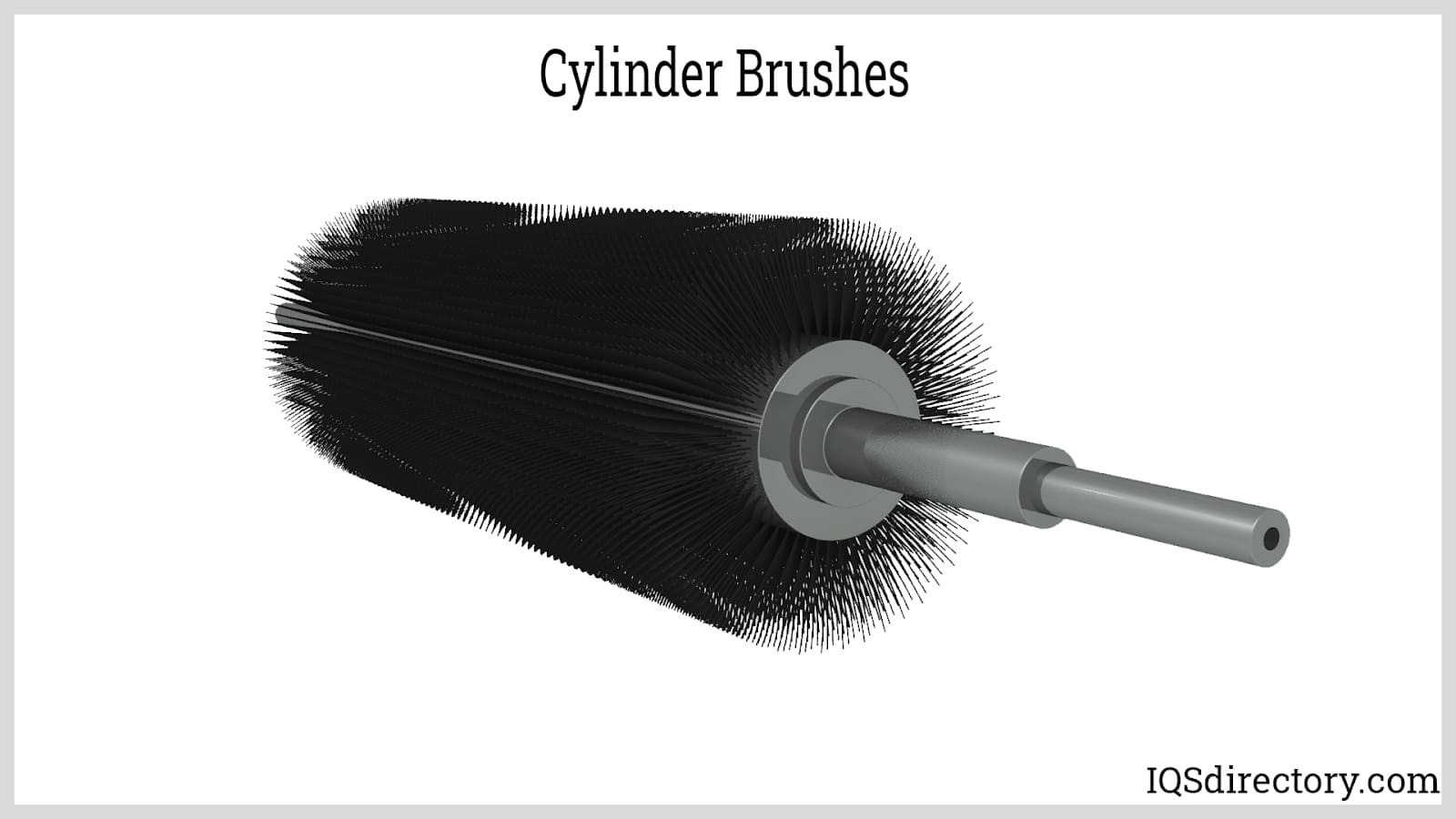
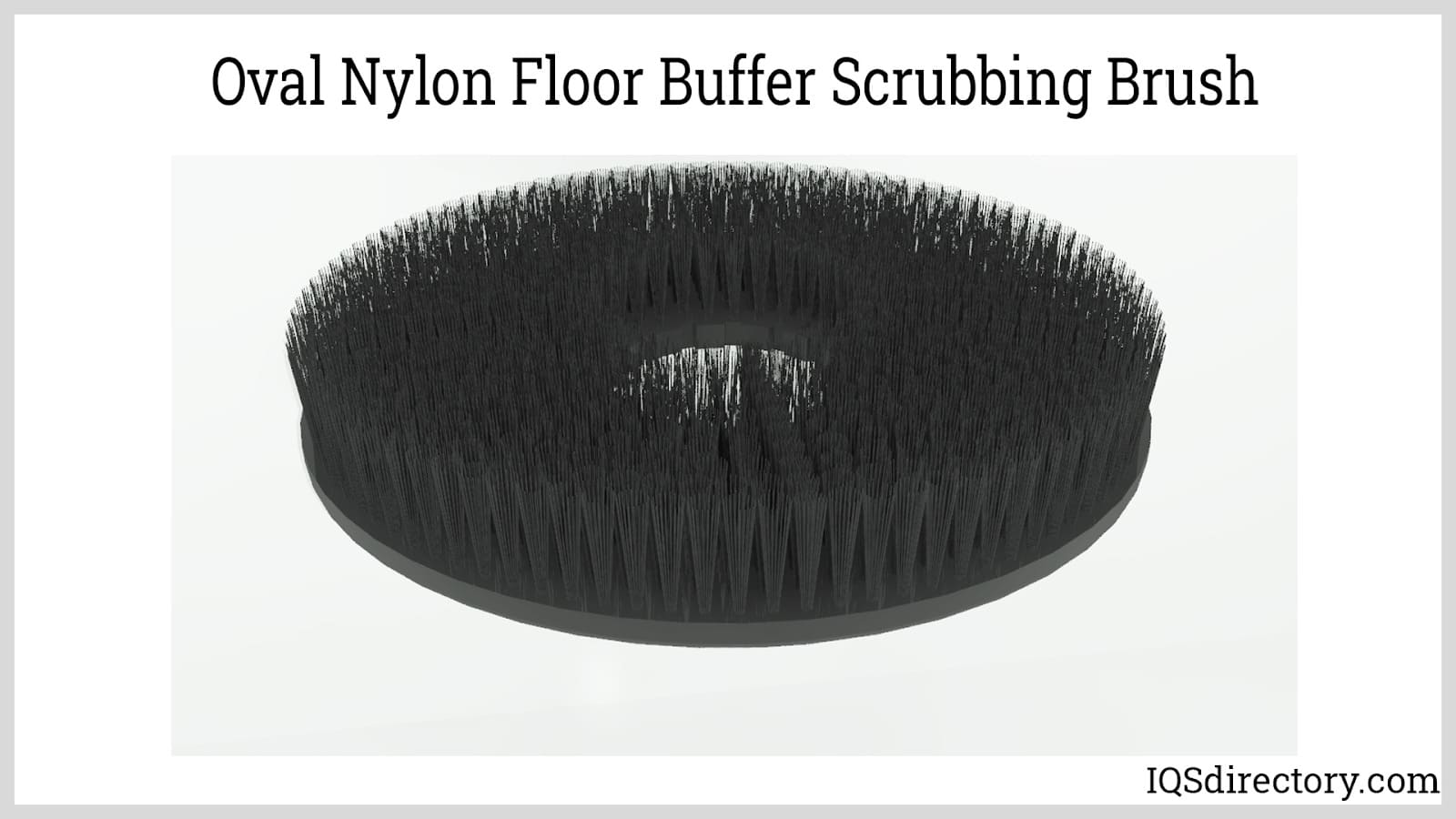
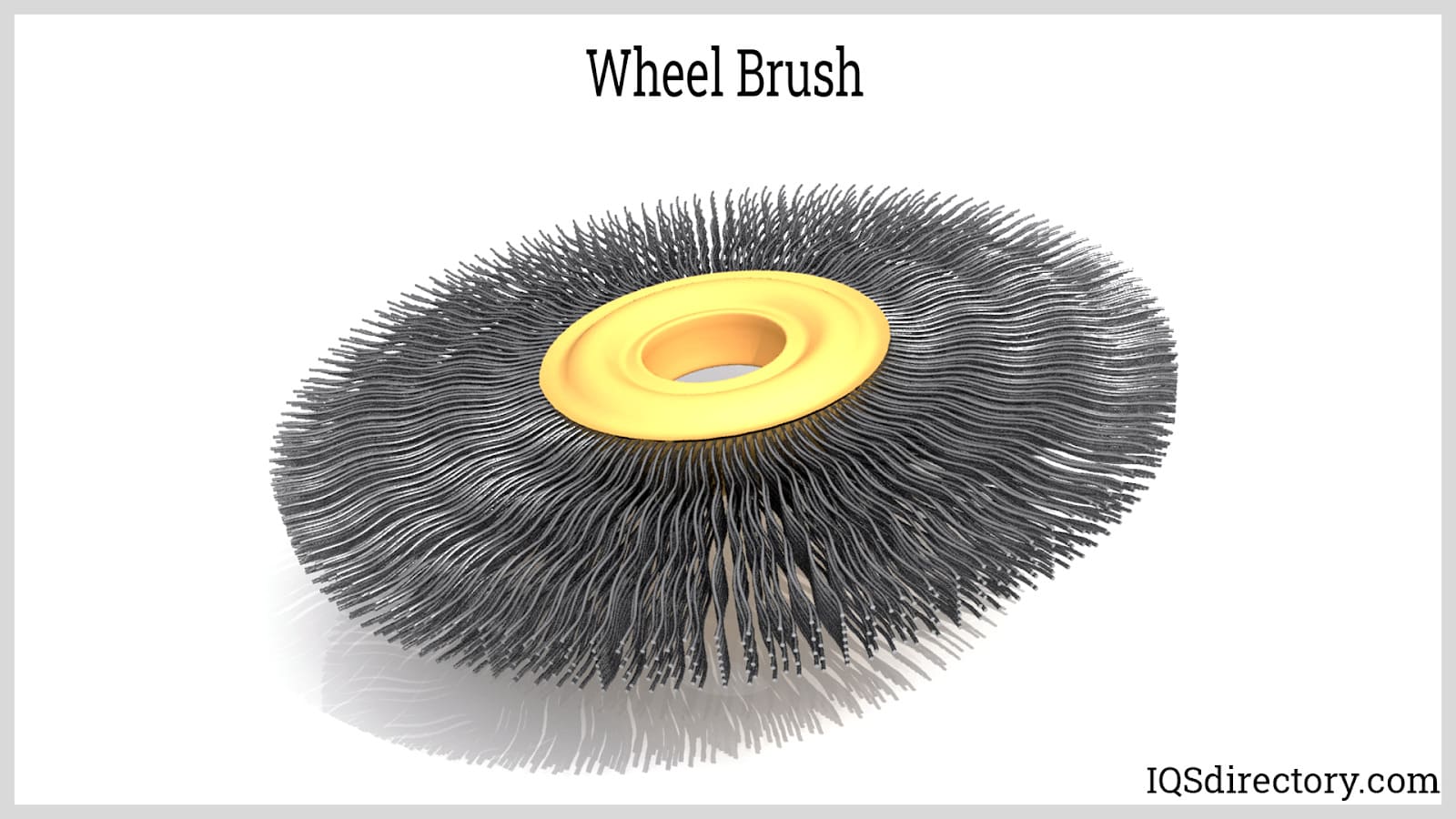
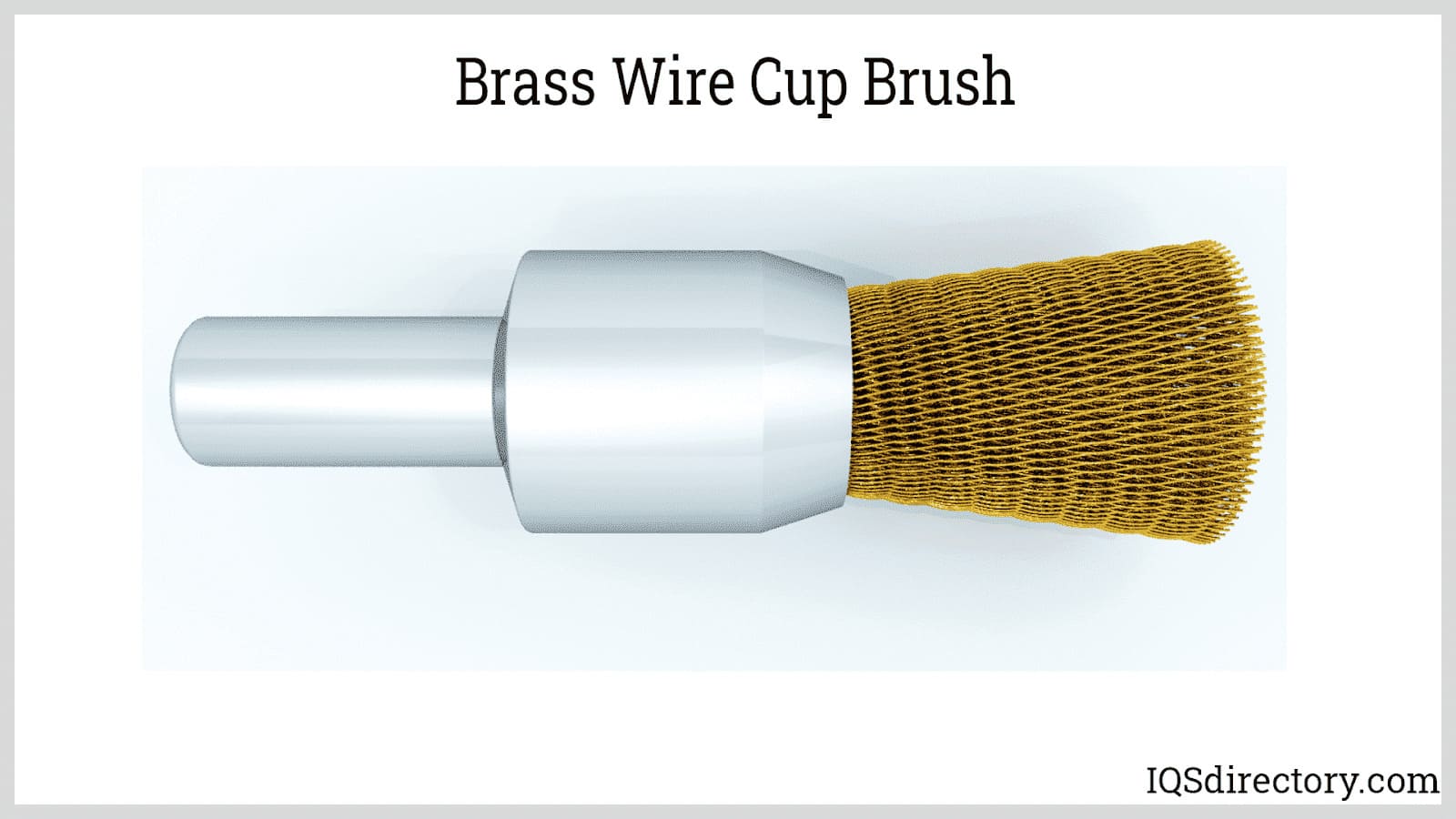
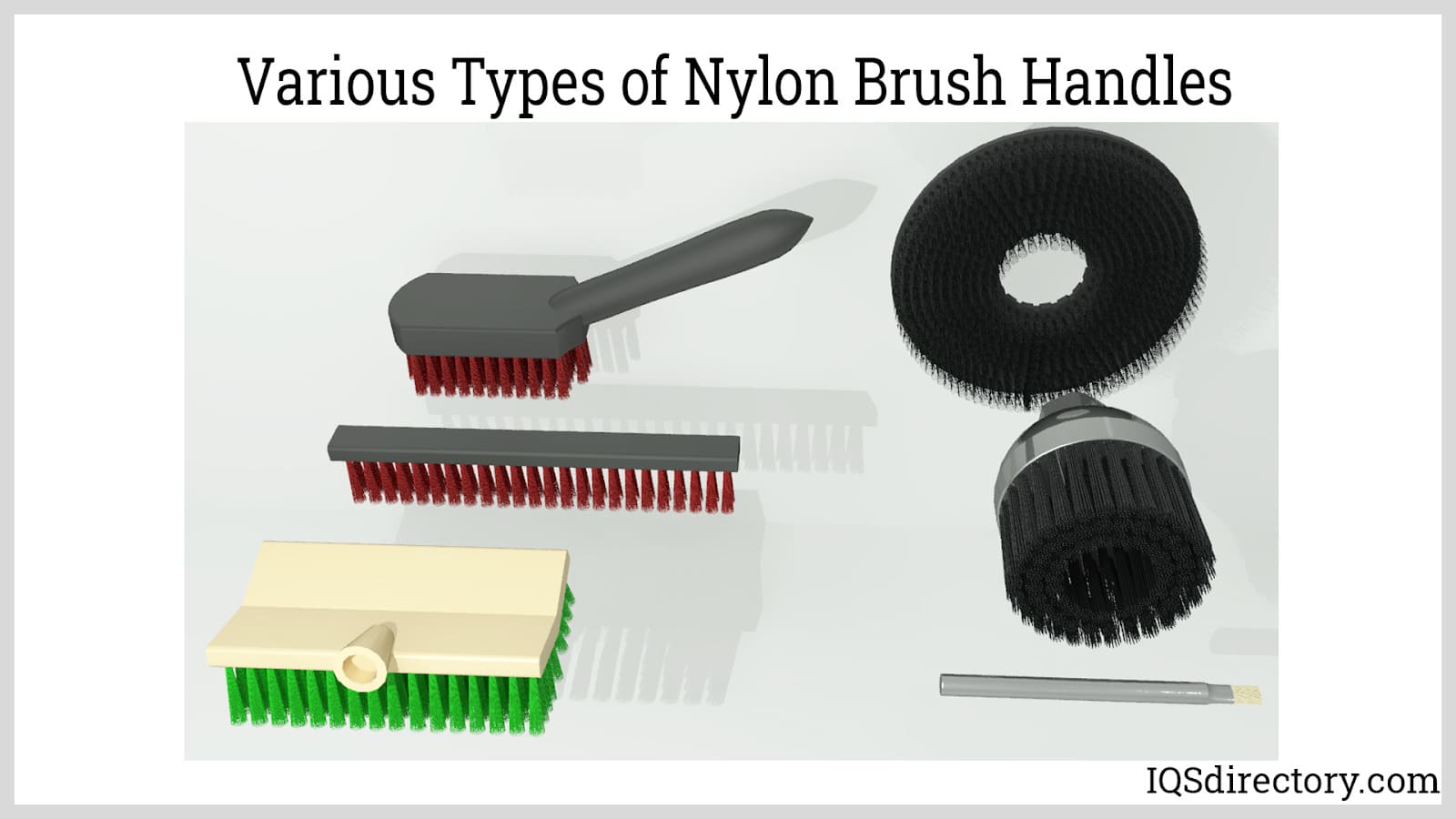
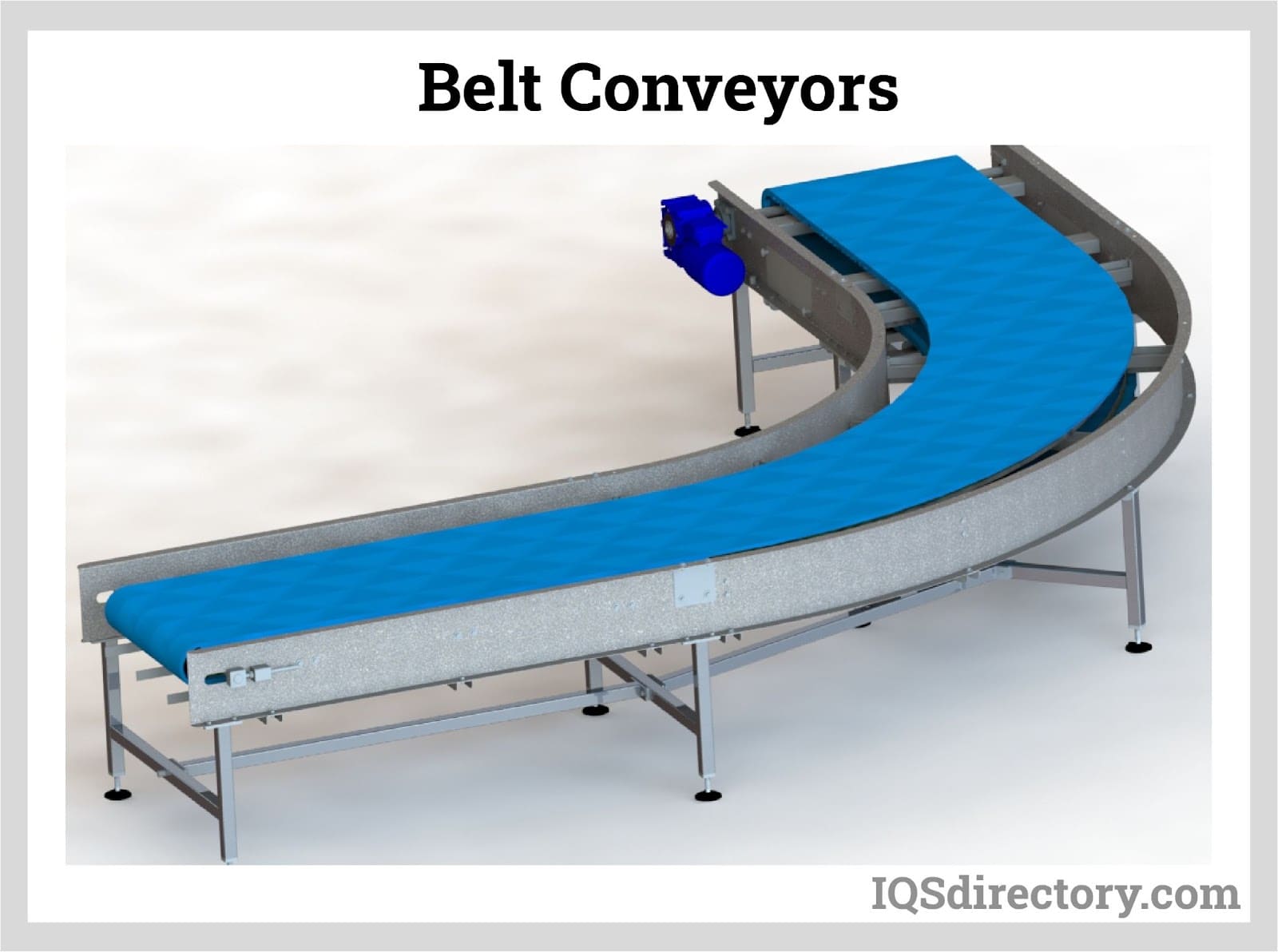

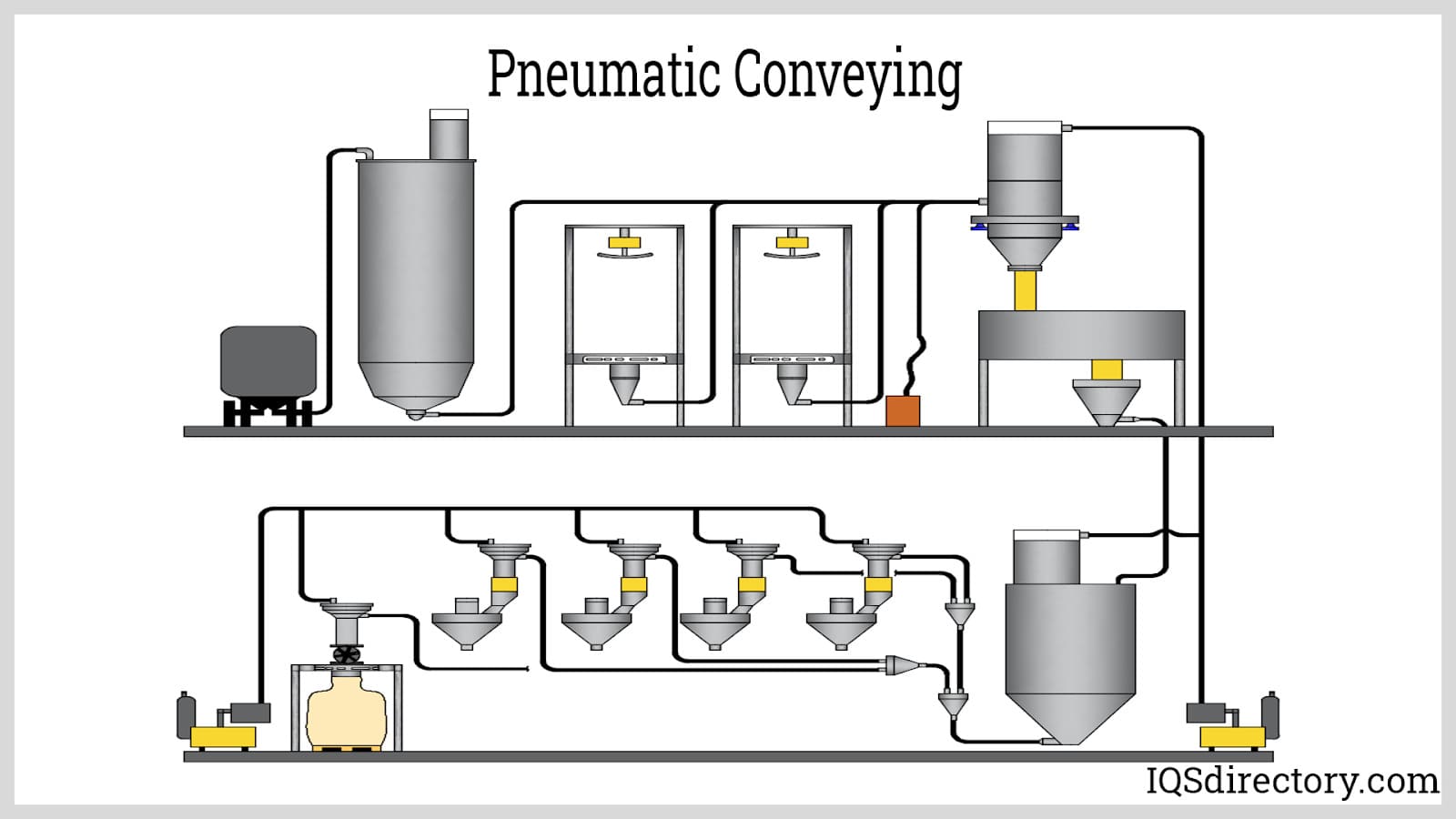
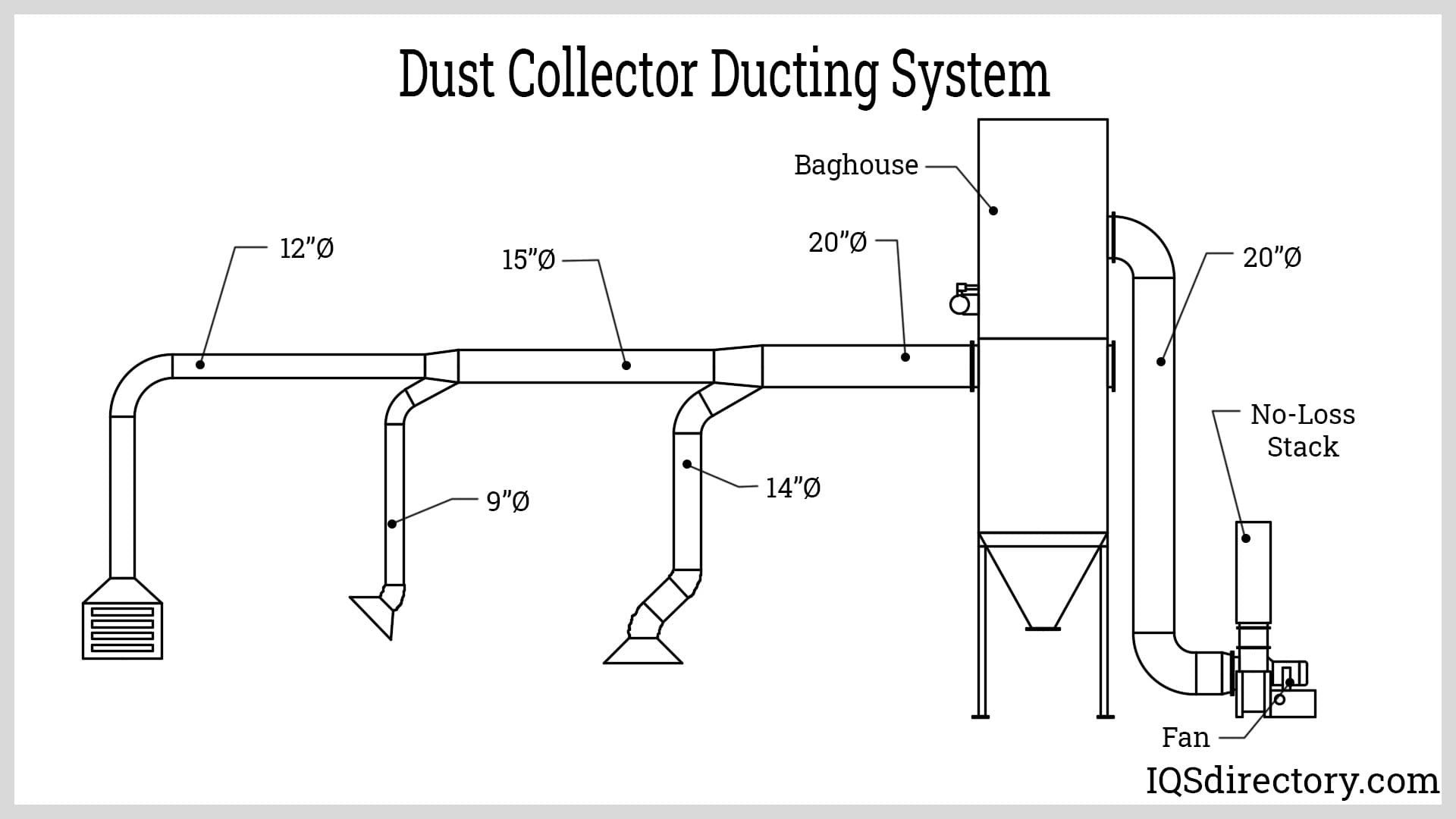

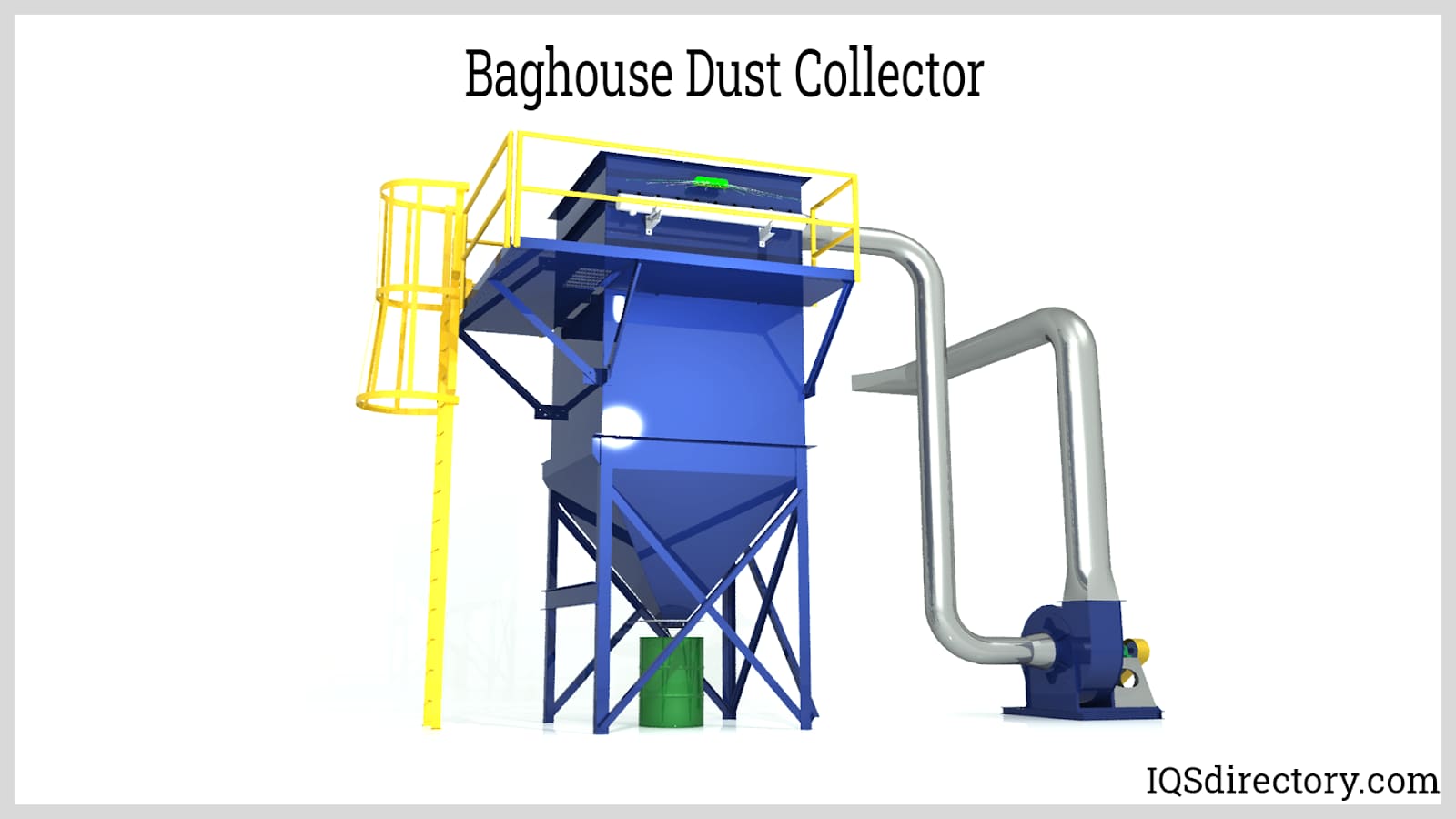
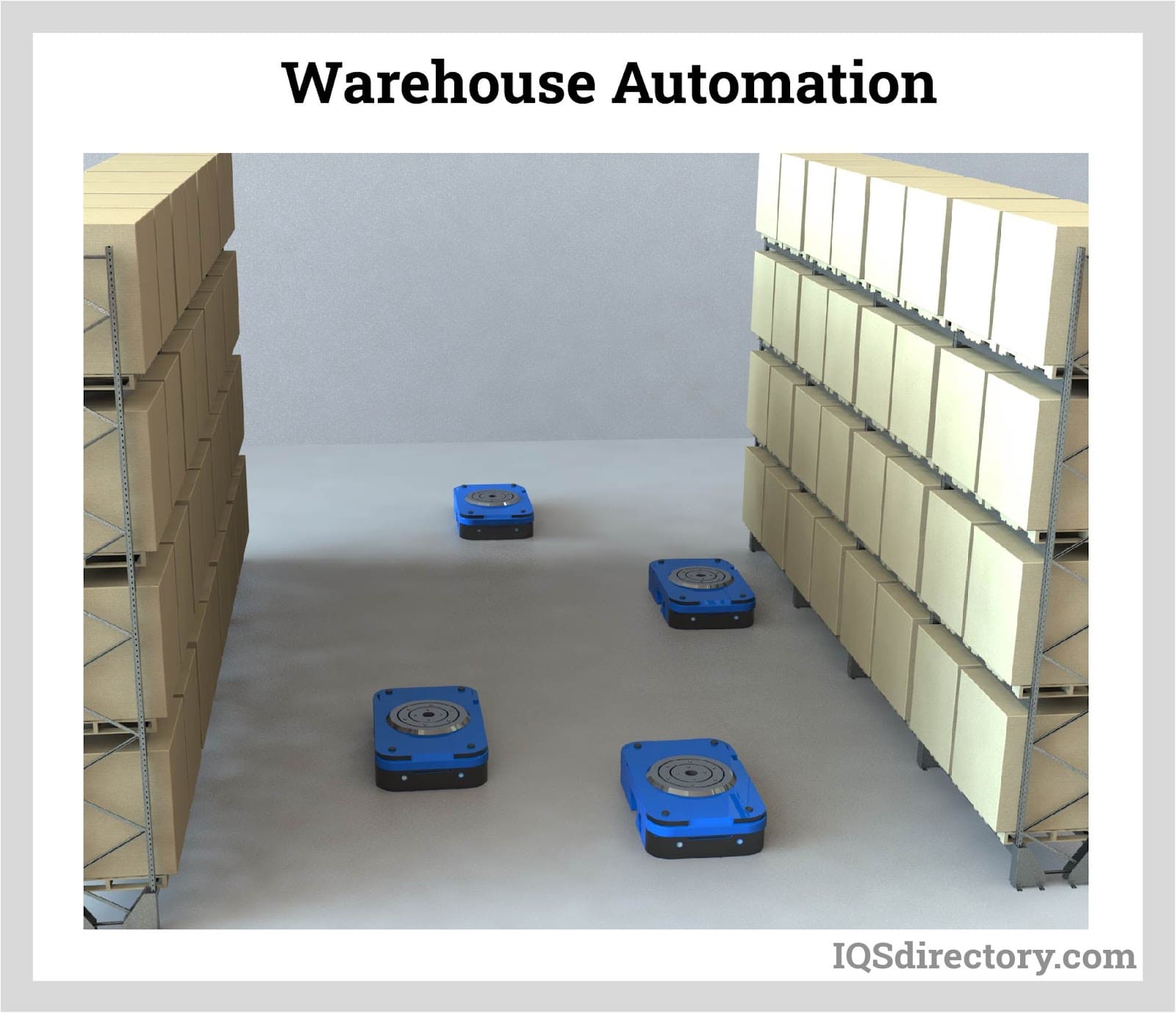
 Brooms
Brooms Brushes
Brushes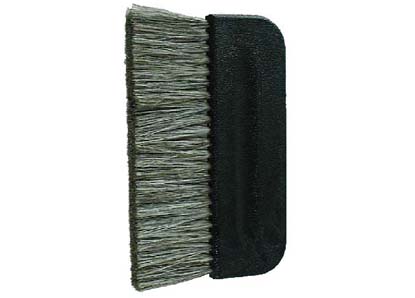 Static Eliminator
Static Eliminator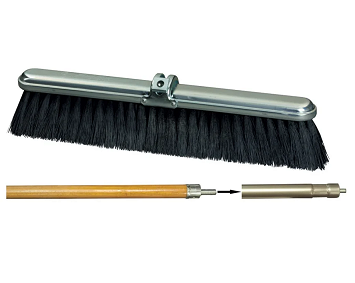 Sweepers
Sweepers Castings & Forgings
Castings & Forgings Bulk Material Handling
Bulk Material Handling Electrical & Electronic Components
Electrical & Electronic Components Flow Instrumentation
Flow Instrumentation Hardware
Hardware Material Handling Equipment
Material Handling Equipment Metal Cutting Services
Metal Cutting Services Metal Forming Services
Metal Forming Services Metal Suppliers
Metal Suppliers Motion Control Products
Motion Control Products Plant & Facility Equipment
Plant & Facility Equipment Plant & Facility Supplies
Plant & Facility Supplies Plastic Molding Processes
Plastic Molding Processes Pumps & Valves
Pumps & Valves Recycling Equipment
Recycling Equipment Rubber Products & Services
Rubber Products & Services